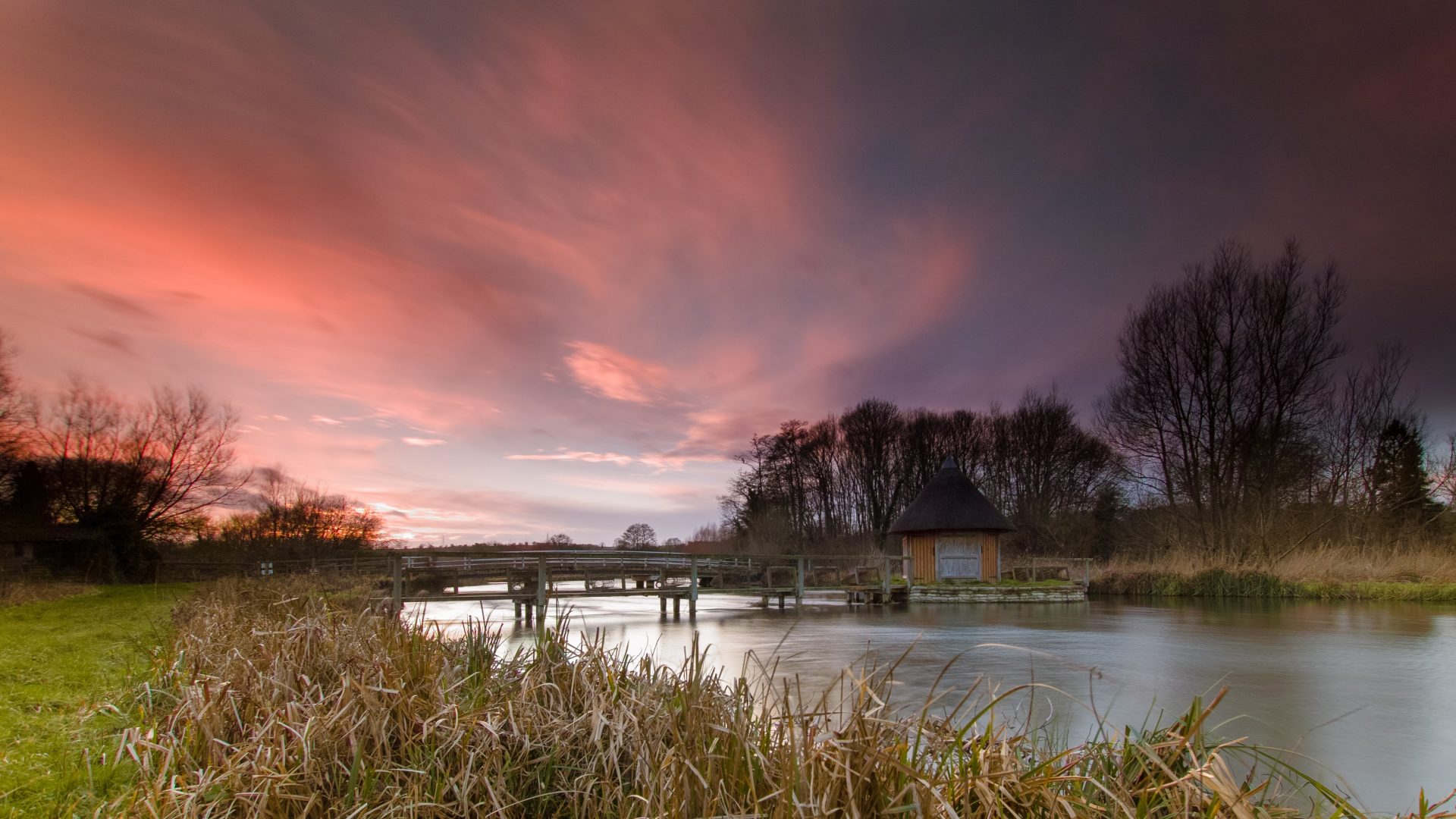Dŵr Cymru Welsh Water has committed to long term plans which will help protect river quality in rivers in Special Areas of Conservation.
Under its plans, the company has identified where either investment or modifications are required at its sites based along the rivers which will reduce or limit the amount of phosphorus that enters the rivers from its wastewater treatment process.
The plans are released as independently verified reports identifying the sources of phosphorus levels in the in SAC rivers are also published. The sources of phosphorus entering rivers is complex and also varies from region to region. The report for the River Wye for example shows that Welsh Water assets are responsible for 21% of the phosphorus in the main water bodies, with Combined Storm Overflows (CSO) responsible for just 1%. The remainder is from sources such as urban runoff, industry, rural land use and private septic tanks.
The SAC rivers targeted for the improvement measures are the Teifi and Cleddau in west Wales, the Wye and Usk in south Wales and the Dee in north Wales.
Welsh Water has always been clear that it will play its part in helping to improve river water quality and take responsibility for its share of phosphorus levels. The evidence provided in the reports means it has been able to identify where investment or modifications to process are required to achieve this.
With required investment costing more than £100 million, Welsh Water needs to balance this against keeping bills affordable for customers and fulfilling investment in other parts of the business. That is why the phosphorus programme will cover the whole of the company’s next investment period (2025-2030) and into the early part of the following one (2030-2035),
Steve Wilson, Welsh Water’s Managing Director for Wastewater Services said:
“Protecting river water quality is one of our main priorities at Welsh Water and the publication of our long term plans are a clear demonstration of this. Our strategy has always been to develop evidence based investment plans and the source apportionment reports have enabled us to achieve this.
“We have already invested millions of pounds in improving river water quality and our long terms plans will require a similar level of investment. And while we can play our part and reduce our contribution to phosphorus, it is crucial for everyone that cares about our rivers – including farmers, Government, regulators and individual households – to work together to achieve the long term goal of securing rivers we can all be truly proud of”.
Alongside the phosphorus programme, Welsh Water has also published guidance for developers and local authorities to begin collaboration on nutrient offsetting wetlands built at the back end of wastewater treatment works. These are nature based solutions which can reduce the amount of phosphorus entering a river. Following the successful creation of an offsetting wetlands at Luston in Herefordshire, the new guidance will help to roll out this nature based approach to all SAC rivers in Welsh Water’s operating area.
All of the watercourses that feed into the SAC rivers have also been included in the plans which mean that the smaller tributaries will be protected as well as the mainline rivers.
Welsh Water recently announced an additional £60million of funding for phosphorus removal schemes, on top of the schemes already planned between 2020 and 2025.



